
We all know that Black Friday is officially day after Thanksgiving, right? The beginning of the Holiday shopping season.
Says who? Says, well...I guess a lot of us don't really know who gets to decide the "official" Black Friday.
This year, because Thanksgiving falls on November 28, we experienced an "unofficial" Black Friday on November 22. As it turns out, in the US we have quite a few “black” days—in fact, nearly every day of the week—and they are all driven by economics and spending.
ORIGINS OF BLACK FRIDAY
Actually, the term “Black Friday” is used in several contexts and dates back to the US financial crisis of 1869. That seems to be the first recorded use, and the term has been used for many events marking financial downturns.
In 1966, the term "Black Friday" was applied—and not as a term of endearment—to the day after Thanksgiving...by Philadelphia Police Department. That day officially opened the Christmas shopping season and usually brought massive traffic jams, over-crowded sidewalks, and general chaos. The Philadelphia Police Department hated it.

Tah-dah! Now, merchants love it.
BLACK MONDAY
October 19, 1987, is when the Dow Jones Industrial Average lost almost 22% in a single day. That event marked the beginning of a global stock market decline, making "Black Monday" one of the most notorious days in recent financial history. By the end of the month, most of the major exchanges had dropped more than 20%.
BLACK TUESDAY
"Black Tuesday" is the day marked as the end of the Roaring '20s and the great Wall Street Crash of 1929. A second Black Tuesday event was the Tasmanian fires in 1967.
BLACK WEDNESDAY
September 16, 1992, is commonly known as the day that George Soros broke the Bank of England. He made one billion dollars profit that day, and the British government was forced to withdraw the pound from the European Exchange Rate Mechanism.
BLACK THURSDAY
Thursdays seem to be “black” for a lot of reasons, some of which include:
•February 6, 1851, a day of devastating brush fires in Victoria, Australia.
•The Panic of 1873 when the US bank Jay Cooke & Company declared bankruptcy, triggering a series of bank
failures.
•October 24, 1929, was the beginning of the Crash of 1929, followed by “Black Tuesday” on October 29, 1929.
•October 14, 1943, when the Allies suffered large losses during bombing in the Second Raid on Scheweinfurt
during World War II. And so on.
MORE COLORFUL DAYS
There are some “good” days out there, too. At least, days with different colors and some dedicated to more socially-worthy endeavors.

The day Green Monday (coined by eBay) is the second Monday of December. Also economically driven, Green Monday is the biggest online shopping days of the year with only ten more days until Christmas. Experts project consumers will spend $1 billion on holiday shopping this day alone. It also refers to a network of sustainable development practitioners in the UK, which meets on the first Monday of every month to discuss critical environmental issues such as climate change.

March 26, 2014 will be the Global Day of Epilepsy Awareness. People in countries around the world are invited to wear purple and host events in support of epilepsy awareness.
Purple Day was founded in 2008, by nine-year-old Cassidy Megan of Nova Scotia, Canada, with the help of the Epilepsy Association of Nova Scotia. Cassidy chose the color purple after the international color for epilepsy, lavender. The lavender flower is also often associated with solitude, which is representative of the feelings of isolation many people affected by epilepsy and seizure disorders often feel.

Wednesday, April 4, 2014, will be the next "Pink Wednesday", the International Day against Bullying, Discrimination, Homophobia and Transphobia in schools and communities.
We also associate pink with Breast Cancer Awareness month.
Red Friday
There are a number of Red days for different purposes. "National Wear Red Day" is the day when Americans wear red to show support for women's heart health. It was on Friday January 31 in 2013. Sources indicate it is February 1, which in 2014 is Saturday.
Red Friday, also a day for wearing red, is a way for Americans to demonstrate their appreciation to our soldiers for their bravery and sacrifice. It is the same in Canada, where wearing red on Friday shows support for Canadian Troops.


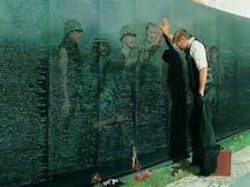


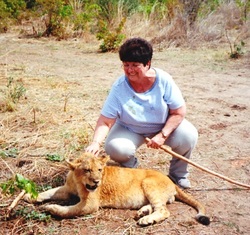

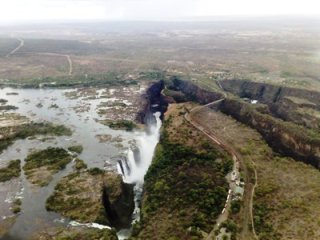
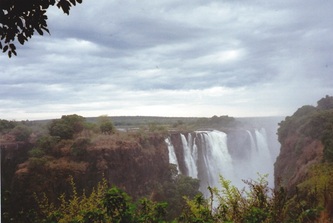




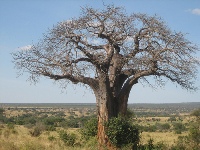
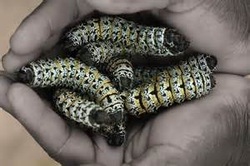

 RSS Feed
RSS Feed